Evidence
The use of sources within history lessons has consistently been included within the National Curriculum in England and as a specific assessment objective at GCSE and A-level, on the grounds that unless students know how claims about the past are generated and validated within the subject community, they will be poorly equipped to make sense of or to discriminate between conflicting claims about the past. While the use of sources depends on a process of critical evaluation, history teachers and curriculum designers are now very aware of the risks associated with reducing such evaluation to a series of mechanistic formulae in which ‘source work’ is detached from the enquiry process of answering specific and worthwhile questions about the past. The materials in this section help alert teachers to those risks as well as illuminating important misconceptions that may prevent students from developing a more powerful conception of the nature of historical knowledge The resources here offer a range of practical strategies, rooted in academic and practitioner research, for equipping students to use sources of many different kinds as evidence (rather than merely passing judgment on them). Read more
-

Cunning Plan 147: Getting students to use classical texts
ArticleClick to view -
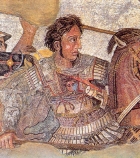
Using ancient texts to improve pupils' critical thinking
ArticleClick to view -
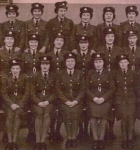
Community engagement in local history
ArticleClick to view -
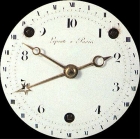
Time's arrows? Using a dartboard scaffold to understand historical action
ArticleClick to view -
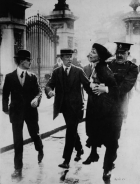
Using visual sources to understand the arguments for women's suffrage
ArticleClick to view -
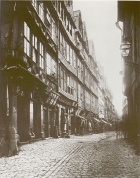
A question of attribution: working with ghetto photographs
ArticleClick to view -

Triumphs Show 141: using family photos to bring the diversity of Jewish lives to life
ArticleClick to view -
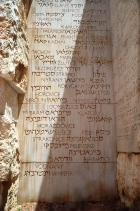
Deepening post-16 students' historical engagement with the Holocaust
ArticleClick to view -

Investigating students' prior understandings of the Holocaust
ArticleClick to view -

The Holocaust in history and history in the curriculum
ArticleClick to view -
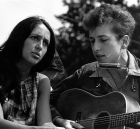
Bob Dylan and the concept of evidence
ArticleClick to view -

How can students' use of historical evidence be enhanced?
ArticleClick to view -
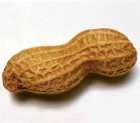
Information and Evidence In a Nutshell
ArticleClick to view -

Stepping into the past: using images to travel through time
ArticleClick to view -
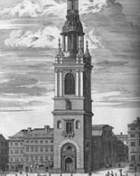
British History Online - Digital Resources
ArticleClick to view -
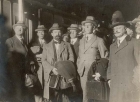
Census of Ireland, Dublin 1911 - National Archives of Ireland
ArticleClick to view -

Teaching Year 9 about historical theories and methods
ArticleClick to view -

Polychronicon 128: The Death of Captain Cook
ArticleClick to view -

Picturing place: what you get may be more than what you see
ArticleClick to view -

'Please send socks': How much can Reg Wilkes tell us about the Great War?
ArticleClick to view

